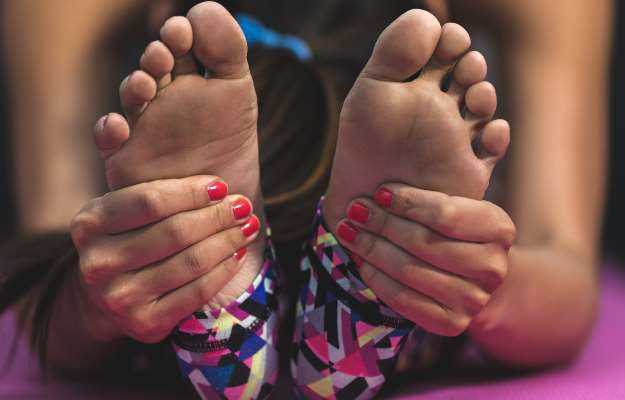What is Raynaud's phenomenon?
Raynaud’s phenomenon (RP) is a condition characterised by colour changes (white, blue and red) of the fingers and toes due to decreased blood flow to the extremities when exposed to extreme cold climate or stress. It can be primary or secondary based on the underlying cause.
What are its main signs and symptoms?
The symptoms of this condition occur intermittently when an individual experiences an episode and include:
- The following sensations in the affected parts:
- Pain.
- Pins and needle prick like sensations.
- Numbness.
- Tingling.
- Discomfort.
- Colour changes with characteristic blue, white or red discolouration.
- It becomes difficult to move the affected part
What are the main causes?
Raynaud’s phenomenon is basically caused by overly sensitive blood vessels in the toes and fingers in some individuals. Primary Raynaud’s phenomenon is idiopathic (where the cause is unknown), whereas in secondary form the causes include:
- Certain conditions like autoimmune disorders and arthritis.
- Frostbite.
- Medications, which include beta blockers and certain chemotherapeutic agents.
- Mechanical vibration.
- Atherosclerosis (narrowing and hardening of the arteries).
- Smoking.
How is it diagnosed and treated?
The diagnosis is made on the basis of a complete medical history and thorough physical examination, followed by tests which include:
- Blood tests to look for the presence of autoimmunity.
- Examination of the blood vessels below the fingernails using a test called nailfold capillaroscopy.
- Microscopic examination of fingernail tissue.
- Cold stimulation test.
Management of the condition includes:
- Lifestyle modifications, such as:
- Soaking the hands in warm water as soon as the first sign of an attack appears.
- Using hand warmers and gloves in cold weather to keep hands and feet warm.
- Avoiding triggers, such as stress and certain medications.
- Quitting smoking is an important change to stop Raynaud’s phenomenon.
- Medications:
- Blood pressure medications, such as calcium channel blockers and angiotensin-receptor blockers, that increase the blood flow to the affected areas by dilating the blood vessels, can be given.
- Complications (ulcers) can be treated using sildenafil or prostacyclins.
- Medications to improve symptoms include:
- Topical creams.
- Selective-serotonin-reuptake inhibitors (SSRIs).
- Cholesterol-lowering (statin) medications.

 OTC Medicines for Raynaud's Phenomenon
OTC Medicines for Raynaud's Phenomenon















